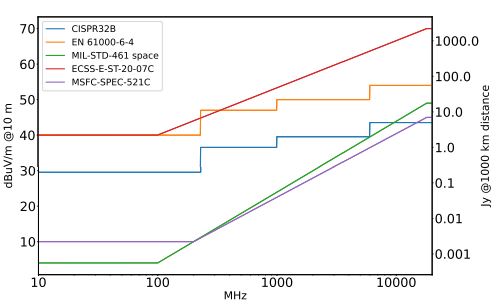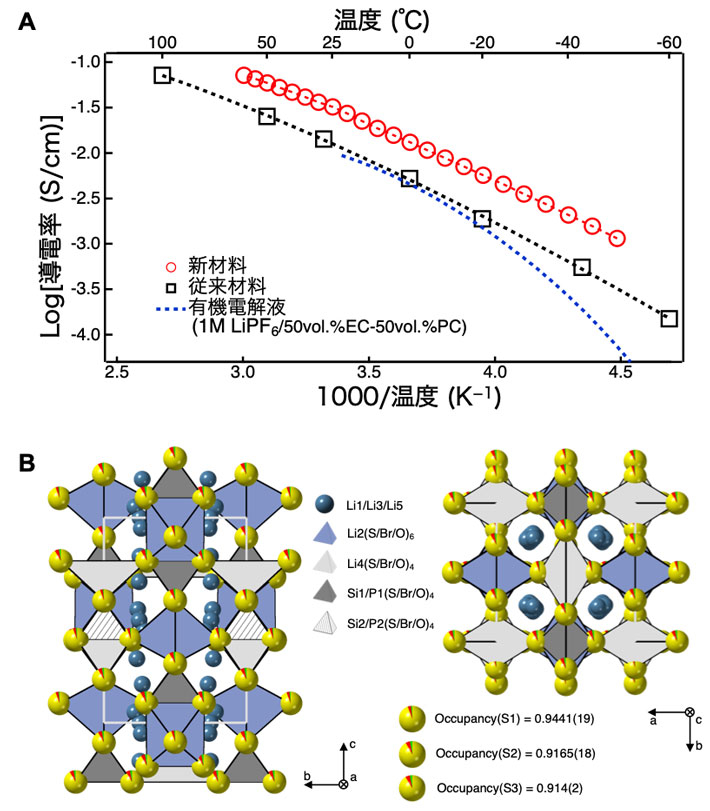2023-07-06 マックス・プランク研究所
◆研究者たちは、衛星運用業者や規制当局に無線天文学への影響を考慮するよう呼びかけている。また、大規模な衛星コンステレーションが増えるにつれ、問題は深刻化している。SpaceXは協力的な姿勢を示しており、技術的な解決策や規制当局との協議に取り組む時間を与えてくれている。無線天文学の保護に関する明確な規制の必要性も指摘されている。
<関連情報>
- https://www.mpg.de/20610867/radi-satellite-constellations?c=2249
- https://www.aanda.org/component/article?access=doi&doi=10.1051/0004-6361/202346374
- https://www.aanda.org/articles/aa/pdf/forth/aa46374-23.pdf
スターリンク衛星からの意図しない電磁波が110~188MHzのLOFARで検出。 Unintended electromagnetic radiation from Starlink satellites detected with LOFAR between 110 and 188 MHz
F. Di Vruno, B. Winkel3, C. G. Bassa4, G. I. G. Józsa, M. A. Brentjens , A. Jessner , and S. Garrington
Astronomy & Astrophysics Accepted May 12, 2023
DOI:https://doi.org/10.1051/0004-6361/202346374

ABSTRACT
We report on observations of 68 satellites belonging to the SpaceX Starlink constellation with the LOFAR radio telescope. Radiation associated with Starlink satellites was detected at observing frequencies between 110 and 188 MHz, which is well below the 10.7 to 12.7 GHz radio frequencies used for the downlink communication signals. A combination of broad-band features, covering the entire observed bandwidth, as well as narrow-band (bandwidth < 12.2 kHz) emission at frequencies of 125, 135, 143.05, 150, and 175 MHz, was observed. The presence and properties of both the narrow- and broad-band features vary between satellites at different orbital altitudes, indicating possible differences between the operational state of, or the hardware used in, these satellites. While the narrow-band detections at 143.05 MHz can be attributed to reflections of radar signals from the French GRAVES Space Surveillance Radar, the signal properties of the broad- and narrow-band features at the other frequencies suggest that this radiation is intrinsic to the Starlink satellites and it is seen for 47 out of the 68 Starlink satellites that were observed. We observed spectral power flux densities vary from 0.1 to 10 Jy for broad-band radiation, to 10 to 500 Jy for some of the narrow-band radiation, equivalent to electric field strengths of up to 49 dB[ µV m−1 ] (as measured at a 10 m distance from the satellites, with a measurement bandwidth of 120 kHz). In addition, we present equivalent power flux density simulations of the full Starlink phase 1 constellation, as well as other satellite constellations, for one frequency band allocated to radio astronomy by the International Telecommunication Union (ITU). With these, we calculate the maximum radiation level that each satellite constellation would need to have to comply with regulatory limits for intended emissions in that band. However, these limits do not apply if the radiation is unintended, that is to say if it does not originate from intentionally radiated signals for radio communication or other purposes. We discuss the results in light of the (absence of) regulations covering these types of unintended electromagnetic radiation and the possible consequences for astronomical radio observations.



